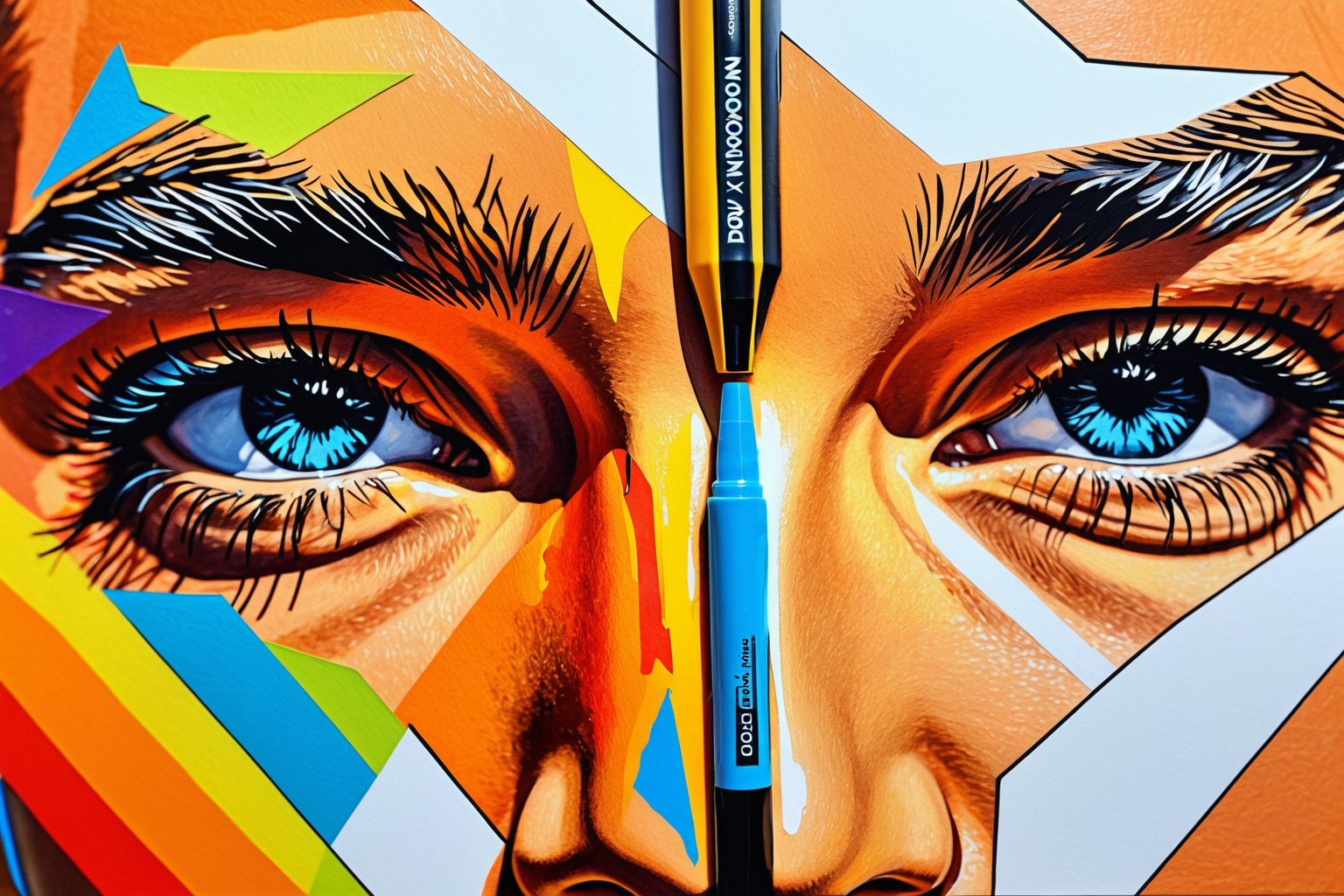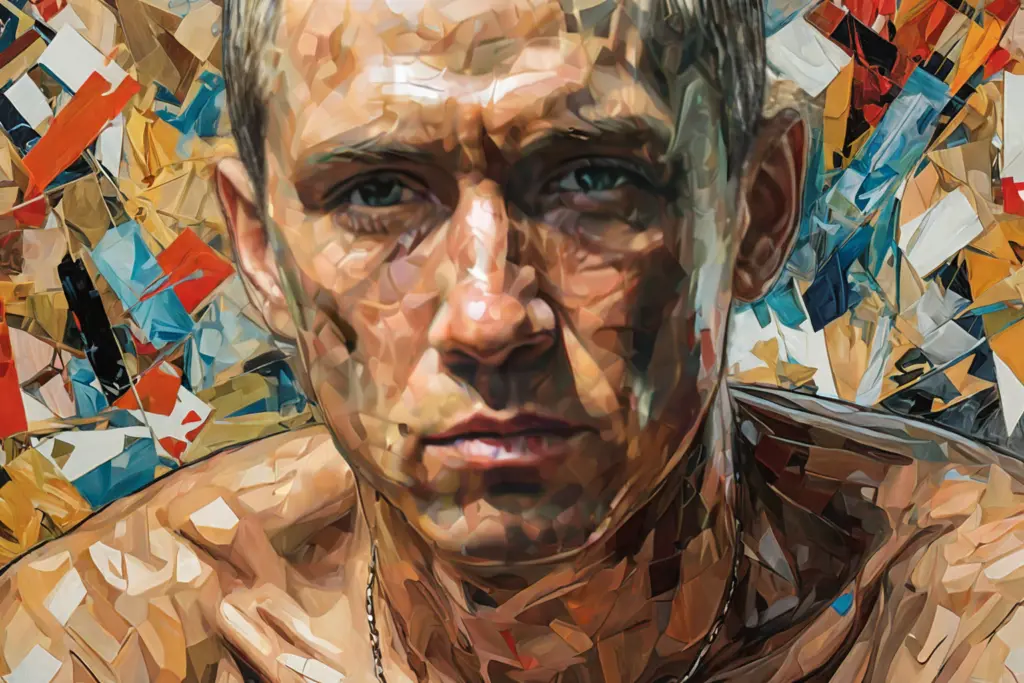
Dmitry Donskoy, also known as Dmitry Ivanovich, was an influential Grand Prince of Moscow who lived from 1350 to 1389. Here are some key facts about him:
- Title and Reign: He became the Grand Prince of Moscow in 1359 and ruled until his death in 1389.
Father-Substitute: Dmitry was initially placed under the guardianship of his uncle, Dmitry Konstantinovich of Nizhny Novgorod, after his father, Ivan II, passed away when Dmitry was still a child.
Battle of Kulikovo: Perhaps his most significant achievement was leading Muscovite and allied Russian forces to victory at the Battle of Kulikovo in 1380 against the Mongol-Tatar Golden Horde, led by Mamai. This battle is often seen as a turning point in Russian history toward independence.
Religious Contributions: Dmitry Donskoy strengthened ties with the Orthodox Church, which helped unify his realm and legitimize his rule. He founded several monasteries, including the Trinity Lavra of St. Sergius, one of Russia’s most important religious centers.
Death and Legacy: He died in 1389 after a victorious campaign against the Tatars but faced setbacks as Moscow became vassals to the Horde again shortly thereafter. Despite this, his efforts are credited with laying groundwork for Russian independence from Mongol rule.
Canonization: Dmitry Donskoy was canonized by the Russian Orthodox Church in 1547 due to his role in defending the faith and establishing Russia as a major power.
Dmitry’s reign is often seen as pivotal, marking the beginnings of Moscow’s rise to dominance over other Russian principalities.
Text model: phi4
Image model: JuggernautXL

The Neural Navigator is a creative mind behind the lens of AI-generated images.
The Neural Navigator is always pushing the limits of what’s possible in this exciting new frontier of digital creativity. Whether it’s surreal landscapes, abstract patterns, or striking portraits, each image is a testament to the endless potential of AI-driven art.
Follow The Neural Navigator for a daily dose of innovative and visually stunning AI-generated imagery.


